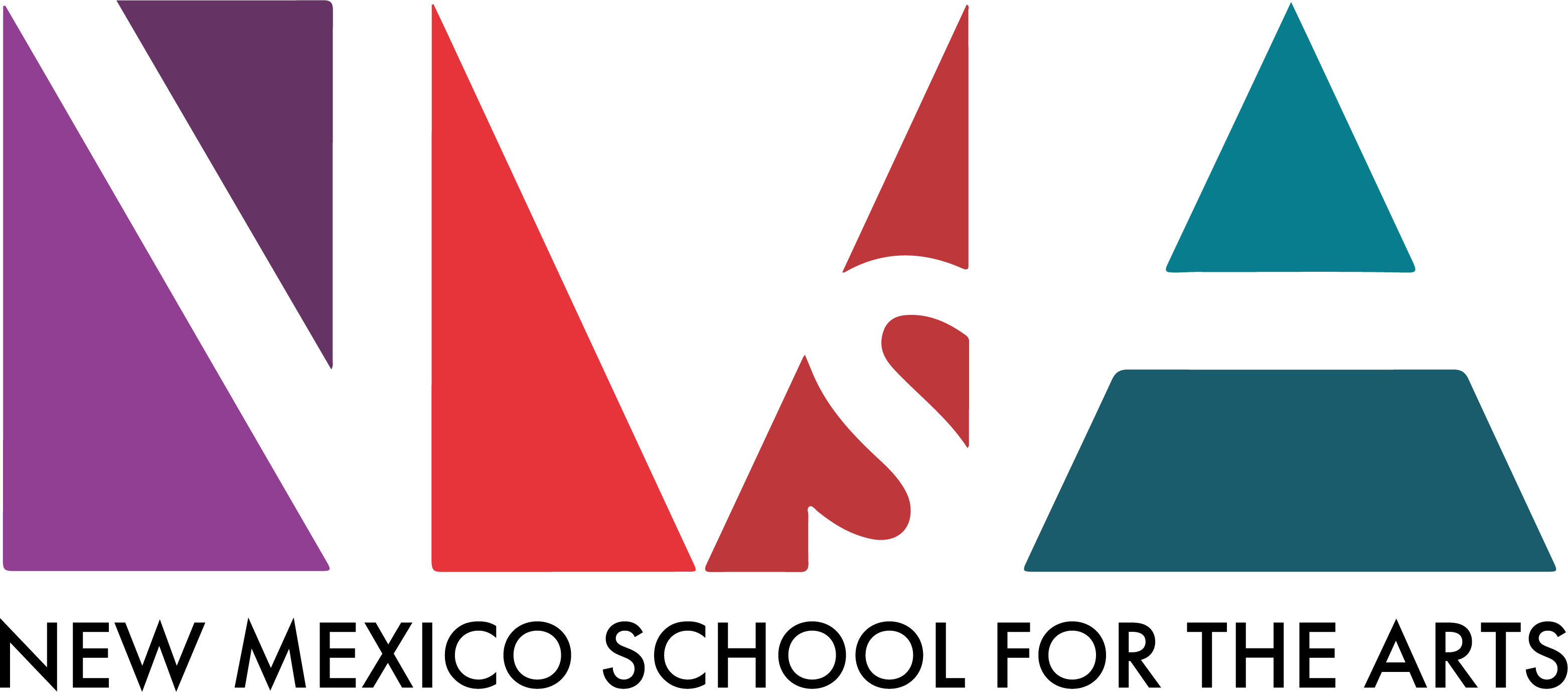Posted: Friday, June 26, 2015 5:00 am | Updated: 7:12 pm, Thu Jul 2, 2015.
Currents International New Media Festival, El Museo Cultural de Santa Fe, 555 Camino de la Familia, 505-992-0591; through June 28
For more than a decade, Santa Fe’s homegrown festival of new media has advanced steadily from a sporadic enterprise with a handful of artists to an annual event of much larger proportions. As in past years, the offerings for 2015, which include a staggering number of works, establish Currents as the most invigorating of our seasonal fairs. It is (pun intended) electric. New media is a recent term to describe electronic and digital-art forms. It’s more inclusive than “video art,” which fails to encompass the diverse forms and ingenious designs of new media artists. Currents has it all: single and multichannel video installations, video projection, video sculpture, 3-D printed objects, immersive installations, sound environments, robotics, and more. It’s high tech and high concept and provides a sense of the multitudinous ways new technology can be used in service to creativity.
It may be international, but Currents includes a fair amount of works from local and regional talent. The first artwork you come to, located in the smaller of two large rooms devoted to the festival, is David Forlano and Sean O’Donnell’s Totem, a wall-mounted digital display of nine colored dots of light that randomly change their blinking pattern. The dots recall the grid paintings of Piet Mondrian. Other New Mexico artists include Tony Abeyta, a painter who has recently ventured into the realm of video sculpture. HisMyth Shifter, a video sculpture made up of four convex, wall-mounted spheres and digital projections of botanical forms and microscopic imagery that pulsates and dances over the spheres, is inspired by the Navajo creation myth. The four spheres describe the journey from the underworld to our world. The most compelling work in the front space is Singapore artist Kian-Peng Ong’s Particle Waves, a kinetic sound installation composed of 12 glass bowls filled with metallic beads. The bowls are attached to small motors and set, evenly spaced, on the floor. The motors move the bowls in a wavelike pattern and as the beads swirl inside them, it creates a soundscape that mimics waves on the sea.
Munich-based artist Karina Smigla-Bobinski’s Simulacra, a cube composed of four seemingly blank video screens that emit a white light, is an interactive installation. Hand-held magnifying lenses allow visitors to see the imagery on the screens. A tangle of the necessary wires for providing power hangs above and beneath the monitors, carefully arranged into sculptural form. Santa Fe artist Marion Wasserman’s Ritual Hive, on display in the second gallery, creates an immersive environment that replicates the interior of a beehive and was inspired by the bees’ transforming pollen into honey. The Island of Pal by Anne Farrell, also from Santa Fe, is another multimedia-installation piece: a mythical island where a horse named Pal lives and seems to serve as both guide and god. The small environment created by Farrell uses objects, video monitors, and video projection on island-shaped sculptures. The video intercuts imagery of a running horse (a hand-held plastic toy) with footage of a live horse. The environment recalls the freedom and spirit of childhood imagination.
Delta, an art-making robot designed by engineer Harvey Moon, is fascinating to watch. Delta’s robotic appendage, ending in a pen, navigates a circular sheet of paper, making marks based on algorithms in a software program. No two images created by Delta are the same. When the drawings are completed, they are displayed on a nearby wall. Delta is a big draw for children, and several school groups passed through Currents while this reviewer was in attendance.
Delta isn’t the only robot on display. Stefan Prosky’s BabyBottsare interactive robots in the form of large baby bottles that mimic the behavior of infants and toddlers by crying, talking, gurgling, and rolling around. Michael Schippling’s project People for the Ethical Treatment of Autonomous Robots (PETAR) includes a number of robotic vehicles that rove around inside El Museo and smaller robots that can fit in the palm of your hand.
Several examples of 3-D printing are on view, which show off the technology’s artistic capabilities. Dennis Harroun’s Off the Wall is a 3-D sculpture printed using a Zcorp machine that prints in color. The sculpture is wall-mounted and depicts a rack of five grotesquely exaggerated, cartoonish faces, displaying the intricacy and nuances 3-D printing is capable of replicating from a design. Jenn Law presents two 3-D print objects: Artifact, a replica of a book by computer scientist Edmund C. Berkeley, and Reinventing the Wheel, a fully functioning intaglio press in miniature, a printing machine made by a printing machine.
Parallel Studios, producer of Currents, has been devoted to educational programs from the get-go and has included several single-channel videos and some installation works from regional grade-school students over the years, and they invite school groups to tour the festival. This year they have video works from Española Valley High School, the New Mexico School for the Arts, and Media Arts Collaborative Charter School in Albuquerque.
Exhibition curators and festival founders Mariannah Amster and Frank Ragano and their many collaborators and volunteers deserve kudos for developing Currents into the major exposition it has become. Last year, they began a statewide program called New Media New Mexico to promote digital arts. A list of locations across the state where new media exhibits are presented in conjunction with Currents is available atwww.currentsnewmedia.org. The site also has listings for all closing-weekend events.
